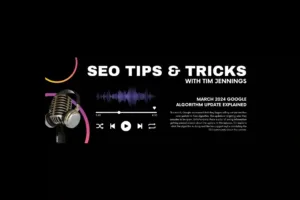Last week, we gave you
3 Steps to Find Your Audience on Social Media. This well, we’ll take a step back and look at social media strategy. With over
69% of U.S. adults on social media, an effective strategy for social media will show you how to use your channels to raise your conversion rate and increase brand awareness. However, coming up with a strategy can be challenging. In today’s article, we’ll look at 3 pieces of a great social strategy and show you how to go about implementing them.
1. Clear Goals
As we all know, we can’t hit a target that doesn’t exist. In one sentence, why are you using social media marketing? It’s great for
advertising services, events, and products in addition to increasing brand awareness. You should be as specific as possible. A goal like
I want to tell 1,000 copies of my ebook is excellent because it is immediately actionable. Avoid vague goals like
I want more followers and instead focus on the action that you want the customers to take. If you have multiple goals, that’s OK, but prepare to make a separate strategy for each of them.
2. A Detailed Plan for Each Network
Twitter, Instagram, Facebook, LinkedIn, Pinterest, Snapchapt, Facebook Messenger…the reason why they all continue to thrive is that they are all different.
On the one hand, this is great. It means you have lots of different audiences that you can reach in unique ways.
On the other hand, with each different social media platform comes (you guessed it) its own strategy.
The way you engage with potential customers on
Facebook will be different from
TikTok,
Twitter and
LinkedIn. Because of this, it’s essential to have a solid understanding of each platform and its audience because you try to market using it. You might find that your target audience hangs out on Instagram instead of LinkedIn – and you can tailor the overall social media marketing strategy with that in mind.
3. A Posting Calendar
A social media presence is maintained by a single thing: new content. You have to keep yourself in the mind of the social media users on a regular – often, daily – basis if you’re going to really take advantage of the market. However,
different platforms require different frequencies of posts and the type of posts.
It’s a good idea to plan out your posts at least a week in advance. Take stock of holidays or other important events so that you can show your brand’s engagement with the world around it. When it comes time to you, you could use a
post scheduler or simply go to the calendar, copy and paste the post content, and send it out into the world in under a minute.
© Joshua Brown 2019, all rights reserved





